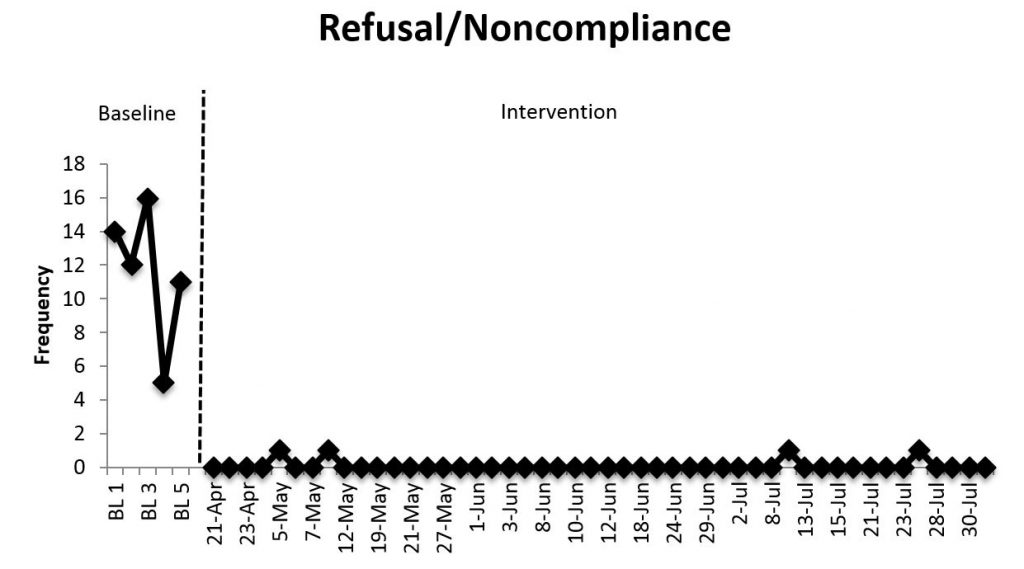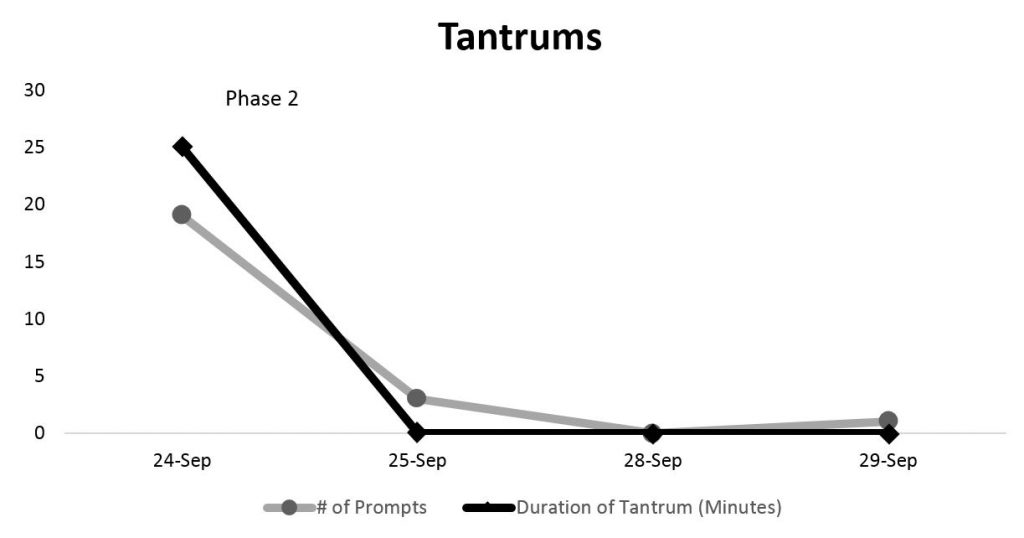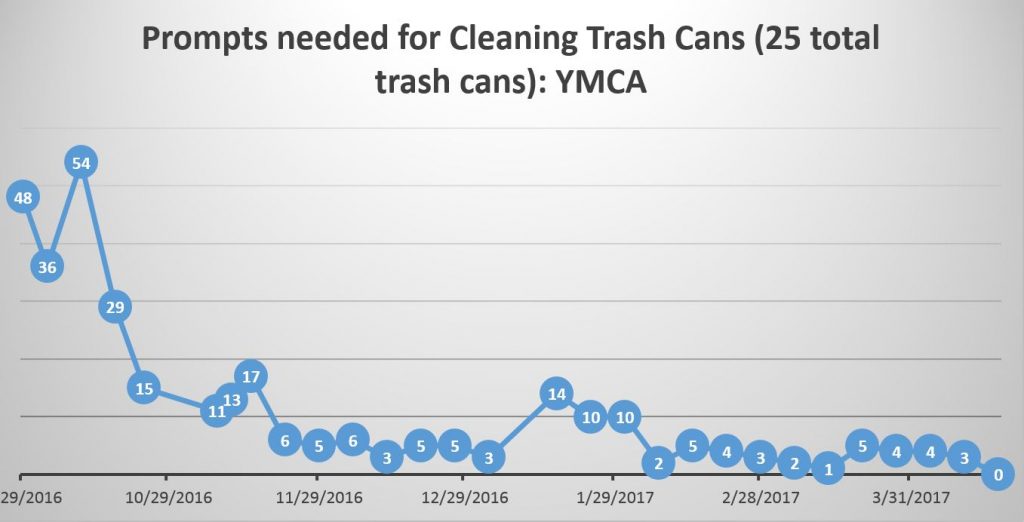The Knapp Center for Childhood Development utilizes best practices and evidence-based interventions of Applied Behavior Analysis (ABA) to reduce problematic behaviors. In ABA, behaviors are viewed in 3 parts: The antecedent, the observable behavior, and the consequence. Our treatment teams, comprised of Board Certified Behavior Analysts and Registered Behavior Technician’s, collect data to determine if there are specific patterns in antecedents and consequences, in order to hypothesize a “function” of the behavior. So in other words, the team needs to figure out why is this individual engaging in this behavior? What function does it serve? For instance, is engaging in the problematic behavior resulting in the individual gaining access to attention or access to preferred tangibles or activities? Does engaging in the problematic behavior result in the child being able to escape or avoid a demand, or is it a behavior that is considered self-stimulatory in nature? Once the Board Certified Behavior Analyst (BCBA) analyzes the data, a Behavior Intervention Plan (BIP) is developed. The BIP then involves teaching the child an appropriate alternative response to the problematic behavior. Reinforcement is then provided for the appropriate alternative response while reinforcement is withheld for the inappropriate, problematic behavior. The child then learns over time, that only appropriate behaviors result in reinforcement such as attention, tangibles, activities, or to request removal of demands, while problematic behaviors no longer result in the reinforcing consequence. Below are case studies that show reductions in problematic behavior following implementation of the BIP. Once the individual’s problematic behavior reaches 90%-100% reduction from baseline, a fading plan is initiated in order to fade the implementation of the BIP and promote generalization to other people and environments.

Noncompliance was defined as “Refuses to comply with a demand either verbally or nonverbally after directive is given the first time”. It was hypothesized that all behaviors were maintained by negative reinforcement (i.e. escape from an aversive situation / stimuli). This means that the child had a history of reinforcement when displaying these behaviors since it resulted in the removal of the aversive stimulus (i.e. the demand). A behavior plan was implemented and shown through time lapse, the long term effect of the intervention.

At baseline, this individual was unable to go into stores with his parents due to the intensity of tantrums when this individual was told that he would not be able to purchase an item in the store. Tantrum behavior was defined as any instance where, in order to gain access to a desired object or tangible, the individual acted aggressively towards himself or others in the forms of striking with an open or closed fist, scratching, pushing someone away or down, and attempting to grab an item out of someone’s hand, with or without screaming. A behavior plan was implemented to increase waiting, accepting no and grocery shopping behaviors in the community. During this phase of the plan, this individual’s tantrum behaviors reduced to near-zero levels, while his independence in waiting, as evidenced by a reduction in prompts, improved.


The individual’s data depicted in these two graphs, are from one of our adults who is learning vocational skills in order to obtain volunteer, supported, and/or competitive employment in the future. First, the skills of vacuuming and emptying trash bags were taught within the home. His treatment team worked with him to determine the types of jobs that he might want and consulted with his family to determine the process to teaching the necessary skills in order for him to be able to begin volunteering at a local YMCA. These two skills were practiced each week, with the assistance of his RBT. Once this individual began demonstrating competency in these skills, the RBT began fading her assistance to allow for greater independence for this individual. As depicted in the graphs, at baseline, this individual required anywhere from 40-60 prompts to complete each task. This individual is now independently demonstrating these two skills and is exploring additional vocational skills and placements to find a job that fits his strengths and interests.
